Wooden Satellite Launching Into Space Next Year?
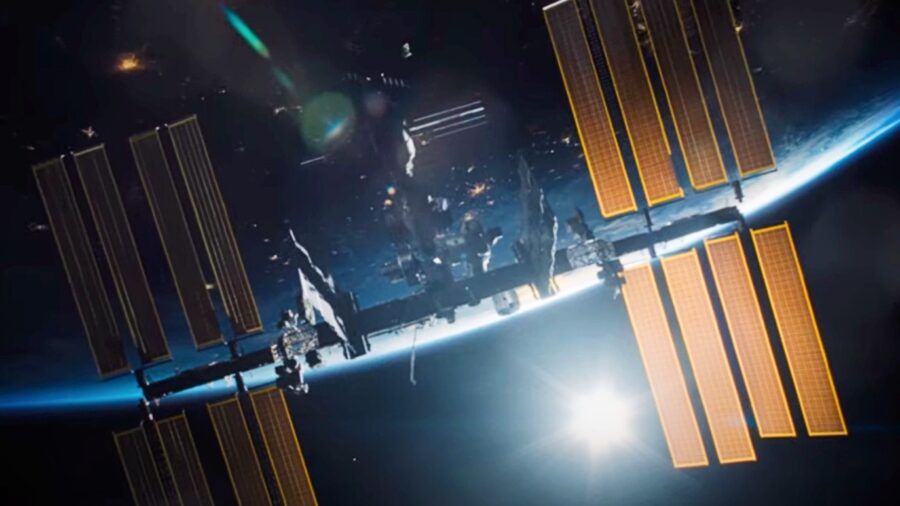
Sustainability isn’t just for those of us with our feet firmly planted on Earth anymore. According to Live Science, NASA and the Japan Aerospace Exploration Agency (JAXA) are teaming up to launch what will be history’s very first wooden satellite as soon as next summer. Dubbed LignoSat, the magnolia wood-build satellite is tiny – just about the size of a coffee mug – but will ultimately give researchers a broader understanding of how sustainability practices can be carried out amongst the cosmos.
Won’t Wood Burn Up After Launching?
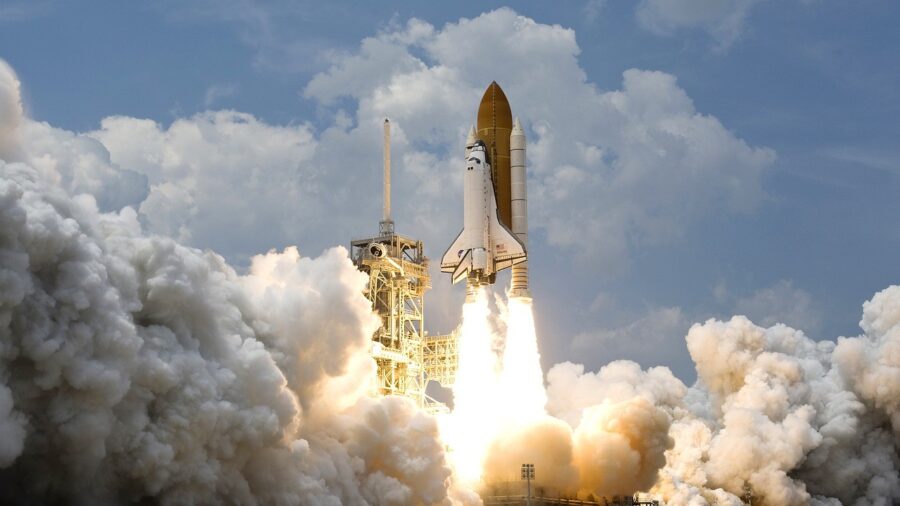
While many may wonder how wood could possibly hold up against the harsh elements of space, it may come as a shock that it doesn’t burn or rot. Of course, like most other materials, when dropping through Earth’s atmosphere at an incredibly accelerated rate, it will burn up. But, in the case of this magnolia wood satellite, it’s the perfect jumping-off point to uncover more about the question at hand.
Magnolia Wood Is Strong And Sustainable
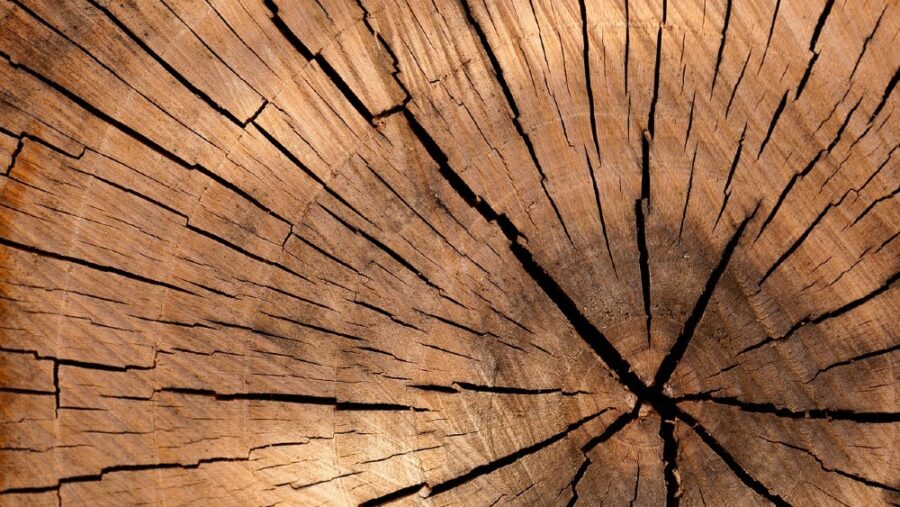
So, how did scientists settle on using magnolia for their first full-blown wooden satellite experiment? Well, trials have been in the works for the last year, with researchers working diligently at The International Space Station (ISS) testing a variety of samples to find out the perfect fit for the job. Out of magnolia, cherry, and birch, it was discovered that magnolia had the least chance of splitting or breaking, making it the strongest option for such an important mission.
Wooden Satellites Are Safer
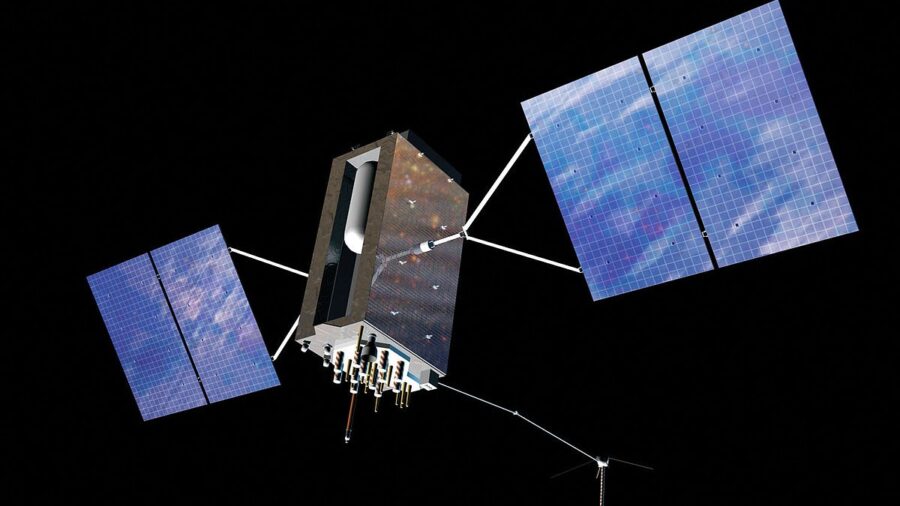
Along with being strong and sustainable, using a wooden satellite could lead to less damage to the ISS and other spacecraft on their space explorations. Currently, most of the satellites and other research tools floating around the cosmos are made of metal, which means they could potentially slam against aforementioned spacecraft and even the ISS, causing damages – or even worse – injury or death. Using wood as a material to build satellites is also much more cost-efficient and with the lowered risk of bumping into other things, it’s essentially helping the budgets of space programs in two major ways.
Wooden Satellites Could Solve The Growing Space Junk Problem
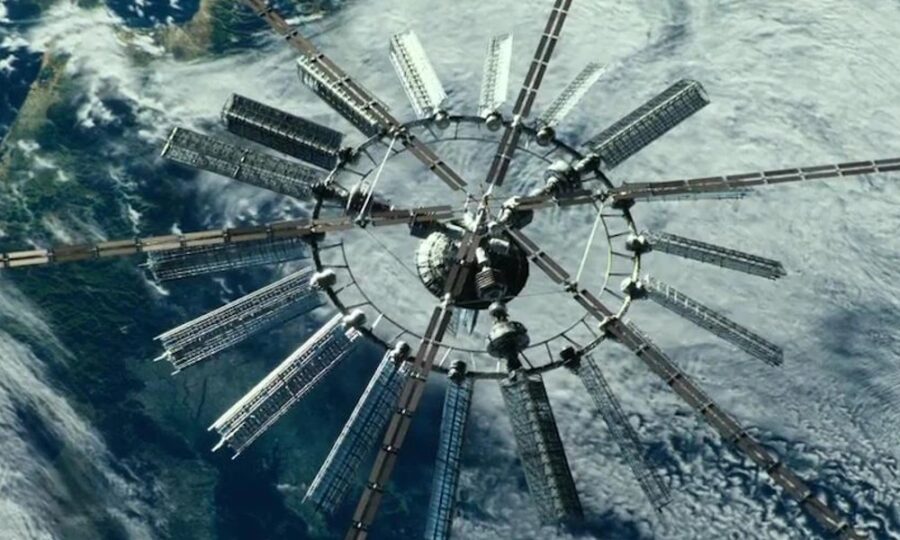
While you may be thinking there isn’t that much debris soaring through space, at least not enough for the need for a takeover of wooden satellites, consider this food for thought – the report states that there are more than 9,300 tons of objects taking up – well – space in space.
This accounts for satellites that have long been out of commission and even the astronaut’s lost toolbelt that we recently reported on. Plus, these metals take a toll on how humans can enjoy the night sky as they make things around 10 percent more vibrant, hiding the things we really want to see – the calming glows of stars and planets.
A Game-Changer For NASA
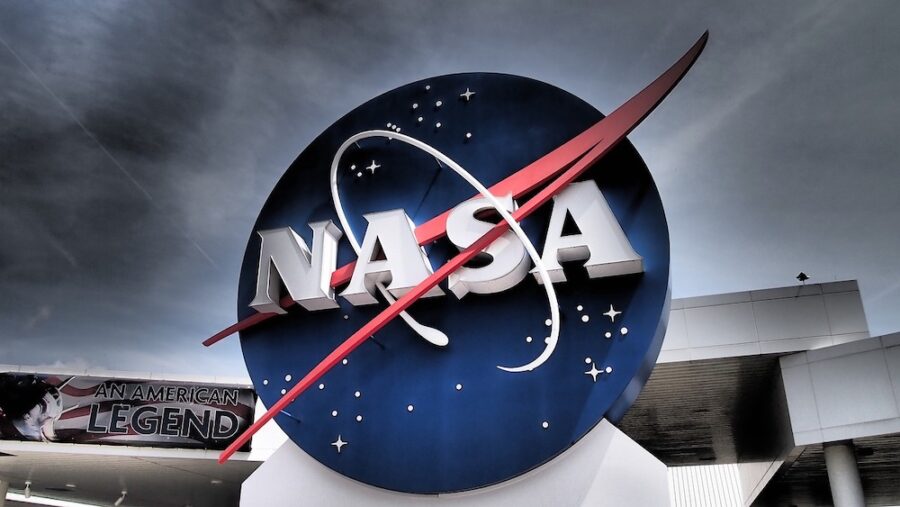
In the end, along with sustainability and its amazing biodegradable purposes, being able to move toward the use of wooden satellites would change the way that funding is presented to NASA and other space programs. With so many positives and very few (if any) negatives, it’s terrific that the U.S. and Japan are taking the steps necessary to test out this coffee mug-sized piece of magnolia wood to kick off the next big step in space exploration.












